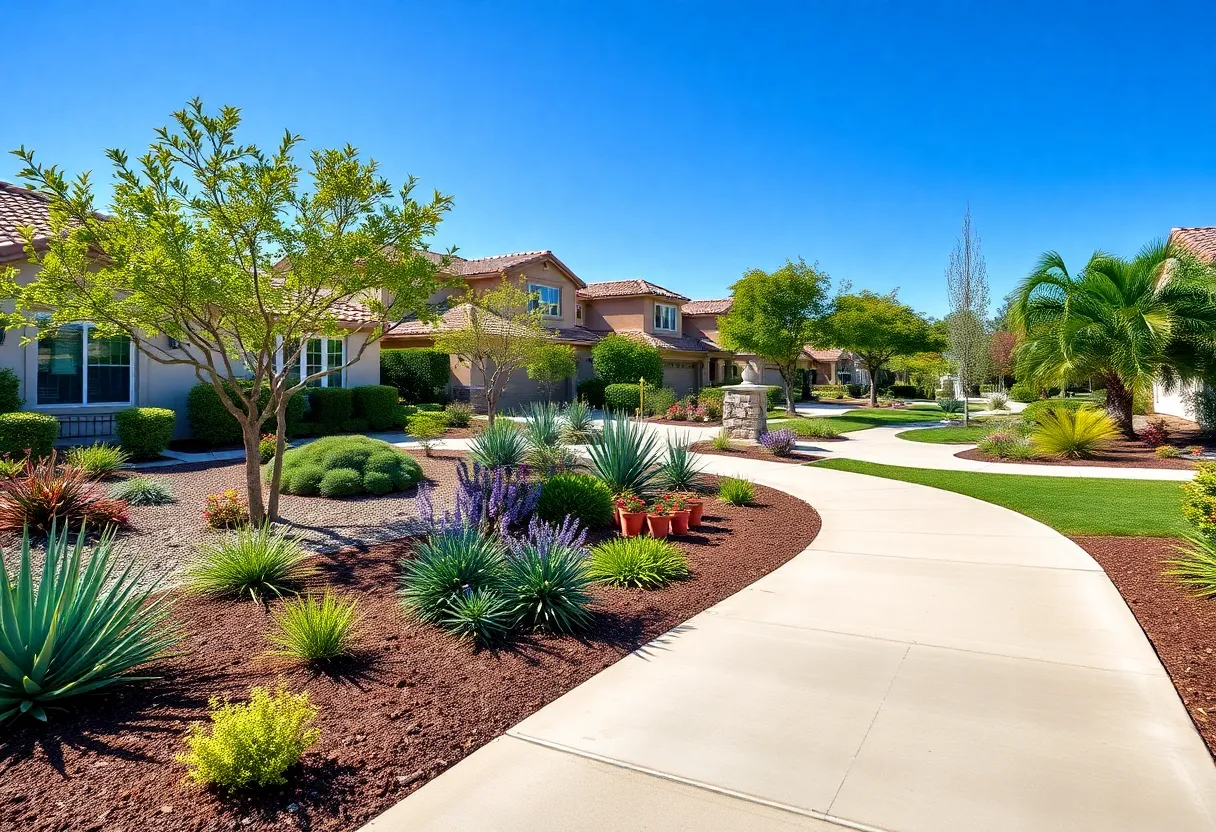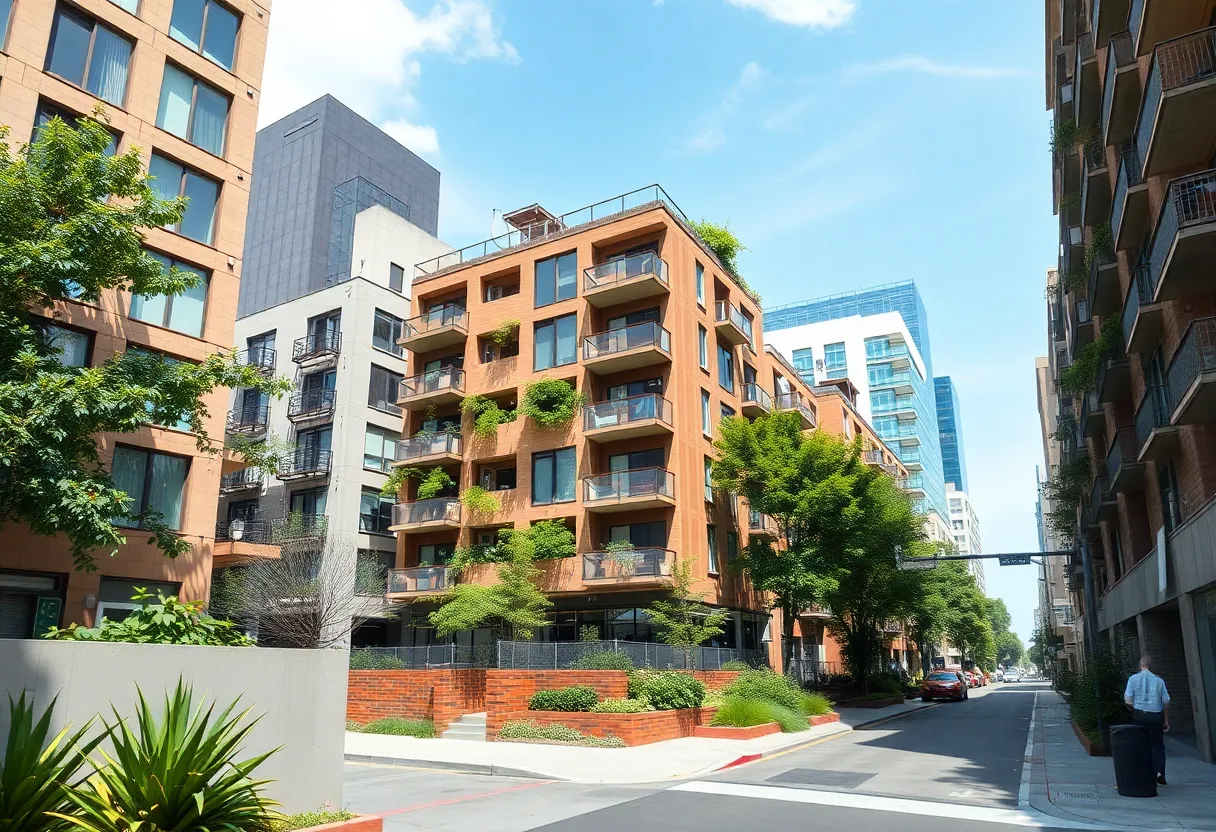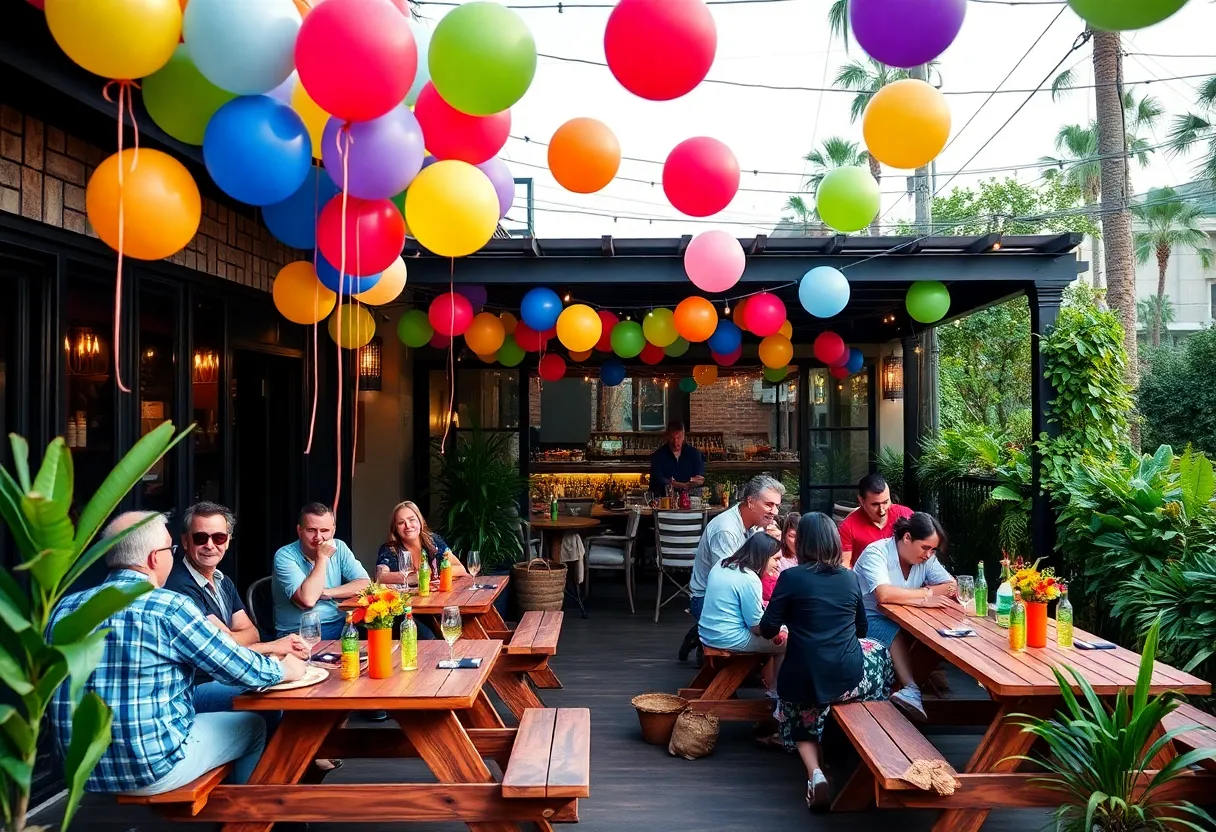News Summary
In Southern California, new landscaping regulations are set to be enforced for homeowners in fire-prone areas to enhance fire safety. Following recent wildfires, experts recommend creating defensible spaces and removing high-risk plants like trumpet vines. The regulations will mandate specific vegetation maintenance while reflecting the state’s updated fire hazard severity zone map, showing increased fire risks. As extreme temperatures rise, local governments are urged to adopt these guidelines to protect properties from escalating wildfire threats.
Los Angeles – In response to increasing wildfire risks, new landscaping regulations are set to be implemented for homeowners in fire-prone areas of Southern California. These regulations arise from a need to enhance fire safety and protect properties, especially following recent incidents such as the Palisades Fire in January that resulted in the destruction of a house in Malibu, along with cherished vegetation like trumpet vines.
According to recent data, the L.A. County Fire Department is advising homeowners to remove climbing plants and vines that may pose a fire hazard due to their dry materials. Many iconic California plants, including bougainvillea and trumpet vines, can significantly increase fire risks. In an effort to curb this threat, fire experts recommend creating a “defensible space” around homes, a strategy designed to minimize the potential for wildfire damage.
CalFIRE is set to introduce stricter regulations aimed at establishing a “zone zero” around residences located in what are designated as very high severity zones. Homeowners within these areas will be required to maintain defensible space by adhering to specific guidelines related to planting and vegetation maintenance. Although the new regulations mandate certain upkeep, they do not require the complete removal of all plant life, as long as the vegetation is properly maintained within established safety parameters.
California has seen a marked increase in areas classified as “very high” wildfire hazard zones. This change is largely attributed to environmental factors including extreme heat, prolonged droughts, and the alarming rise in climate change impacts. The state recently updated its fire hazard severity zone map, which reflects the devastating fires of recent years that have influenced a larger number of areas to be categorized as high risk.
Local governments will have 120 days to adopt the new wildfire hazard area designations following the release of this map. The regulations aim to support ongoing preparations against escalating fire risks, especially given the current conditions that include extreme heat warnings across Southern California. Temperatures in many regions are anticipated to peak between 95 and 105 degrees, raising the urgency for implementing safety measures.
Efforts to address escalating wildfire risks include strategically pre-positioning firefighting resources in high-risk zones. This proactive approach aims to mitigate damage during periods of extreme heat and the potential for wildfires exacerbated by occasional thunderstorms.
The conversation surrounding these new landscaping regulations has sparked ongoing discussions within communities about balancing fire safety with residents’ preferences for landscaping. While the goal is to enhance fire safety, there is a concern regarding how strict regulations may impact the natural aesthetics many homeowners prefer.
In addition to these new regulations, also noteworthy is the impact of federal budget cuts to public media, which has resulted in a $3.4 million loss for local outlets like LAist. As local media organizations navigate funding challenges, they continue to report on significant community issues, including the heightened threats posed by wildfires and climate-related incidents.
As Southern California witnesses increasingly severe environmental conditions, the call for improved regulation and safety measures becomes ever more critical. Homeowners in fire-prone areas are urged to stay informed about the necessary steps to comply with new landscaping regulations, ensuring their properties are better protected against the threat of wildfires.
Deeper Dive: News & Info About This Topic
HERE Resources
Monique Limón Becomes California’s First Latina Senate Leader
Los Angeles Sets New 8% Rent Increase Cap
Couple Realizes Homeownership Dream in Mount Washington
California’s Ongoing Recovery After the Palisades Fire
Los Angeles Marks 80 Years Since First Major Smog Event
The Revival of Vintage ‘Genuine Los Angeles Smog’ Cans
Los Angeles Revisits Historic Smog Challenges
Community Opposes Proposed Lithium Battery Storage Plant in California
California Homeowners Face Rising Insurance Rates
Serious Allegations and Tragic Developments in Southern California
Additional Resources
- ABC7 News
- Los Angeles Times
- KTLA News
- New York Times
- Encyclopedia Britannica: Wildfire Risk California

Author: STAFF HERE HOLLYWOOD
The Hollywood Staff Writer represents the experienced team at HEREHollywood.com, your go-to source for actionable local news and information in Hollywood, Los Angeles County, and beyond. Specializing in "news you can use," we cover essential topics like product reviews for personal and business needs, local business directories, politics, real estate trends, neighborhood insights, and state news affecting the area—with deep expertise drawn from years of dedicated reporting and strong community input, including local press releases and business updates. We deliver top reporting on high-value events such as the Hollywood Bowl summer concerts, the Hollywood Christmas Parade, film premieres at TCL Chinese Theatre, and festivals at the Magic Castle. Our coverage extends to key organizations like the Hollywood Chamber of Commerce and Visit Hollywood, plus leading businesses in entertainment, dining, and tourism that define the local economy. As part of the broader HERE network, including HERELosAngeles.com, HEREBeverlyHills.com, HEREAnaheim.com, and HEREHuntingtonBeach.com, we provide comprehensive, credible insights into Southern California's dynamic landscape.





